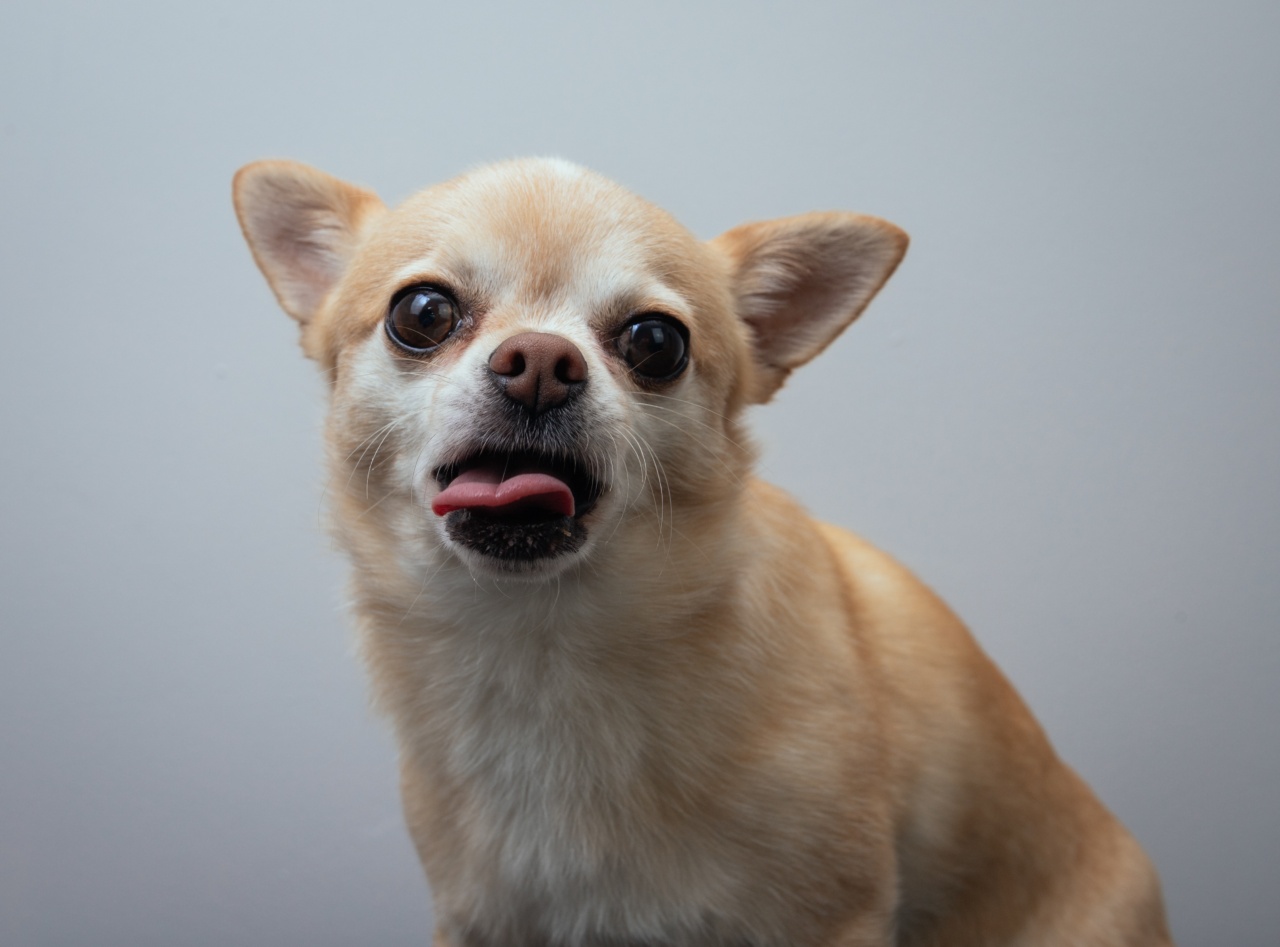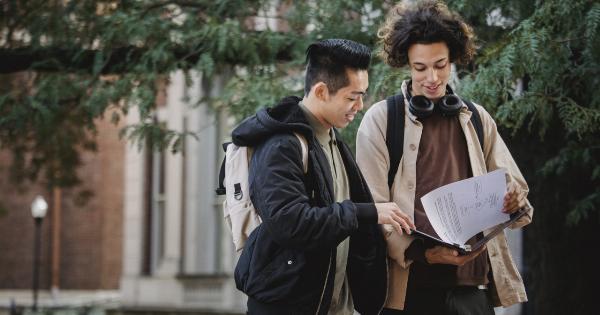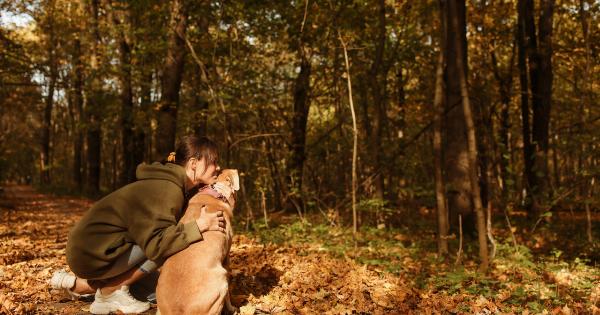Have you ever wondered why dogs exhibit a certain behavior after urinating? It’s a common observation among dog owners that after urinating, their furry friends engage in a series of actions that may seem strange to us humans.
While these behaviors may vary from one dog to another, there are a few common reasons why dogs exhibit this behavior. In this article, we will explore some of the possible explanations for this peculiar behavior and help you gain a deeper understanding of your dog’s post-urination actions.
The scent marking instinct
One of the primary reasons why dogs exhibit specific behaviors after urinating is the natural instinct of scent marking. Dogs have an extraordinary sense of smell, and they communicate with other dogs through scent.
By urinating, they leave behind their own unique scent markers, indicating their presence and territory. The subsequent behaviors they engage in are often related to maintaining and enhancing these scent markers.
Scratching the ground
Have you noticed your dog scratching the ground after urinating? This behavior is known as “ground scratching” or “ground covering.” By scratching the ground, dogs aim to spread their scent and make it more noticeable to other dogs. The act of scratching helps to disperse the urine and create a visual and olfactory signal that can be detected by other dogs from a distance.
Kicking back their hind legs
Another common behavior observed in dogs after urination is kicking back their hind legs. This behavior is believed to be an evolutionary trait inherited from their ancestors, such as wolves.
When a dog kicks back their hind legs, they are essentially marking their territory by leaving visual and scent signals on the ground. This behavior is more prominent in male dogs, as they have a higher concentration of hormones in their urine, making it an even more potent scent marker.
Sniffing and investigating
After urinating, dogs often engage in a thorough investigation of the area. They sniff the spot where they urinated and analyze the scents left behind by other dogs. This behavior serves multiple purposes.
Firstly, it allows them to gather information about potential competitors or mates in the vicinity. Secondly, it helps them identify familiar scents, providing a sense of reassurance and familiarity.
Marking over other scents
Occasionally, you may observe your dog urinating on top of another dog’s urine or marking over an existing scent marker. This behavior is a way for dogs to assert their dominance or challenge the presence of other dogs.
By marking over another dog’s scent, they aim to make their own presence more prominent and establish their territorial boundaries.
Licking their genitals
While not all dogs exhibit this behavior, some may lick their genitals after urinating. This action serves a practical purpose.
Urine can leave behind residues or sticky substances on a dog’s genital area, and licking helps to clean and remove any residue. It’s also worth noting that the moisture from licking acts as a cooling mechanism for the dog’s sensitive genital area.
Returning to familiar spots
Have you ever noticed that your dog tends to urinate in the same spots repeatedly? Dogs have a strong memory for locations and scents. By revisiting familiar spots, they can reinforce their scent markers and communicate their presence to other dogs.
Additionally, returning to familiar spots may bring a sense of comfort and security to dogs, as these spots are associated with familiar scents and known territory.
Rolling in the grass or dirt
It’s not uncommon to see dogs rolling in the grass or dirt immediately after urinating. This behavior may seem peculiar to us, but it has a purpose.
By rolling in the grass or dirt, dogs aim to transfer some of the scents from the surrounding environment onto their bodies. This helps them disguise their own scent and potentially blend in with their surroundings, making it easier to approach prey or remain undetected by potential threats.
Chasing their own tails
Although not directly related to urination, some dogs may exhibit tail-chasing behaviors after relieving themselves. Tail chasing can be a form of self-stimulation or a way for dogs to release excess energy.
It’s possible that the act of urinating triggers a burst of excitement or energy in some dogs, leading them to engage in tail-chasing activities.
Status quo and routine
Lastly, it’s essential to acknowledge that some of these behaviors might simply be part of a dog’s routine or an established status quo. Dogs are creatures of habit, and they thrive on consistency and familiar patterns.
If a certain behavior, such as licking their genitals or scratching the ground, has been consistently followed by urination in the past, dogs may continue to exhibit those actions as part of their routine.
In conclusion
Understanding why dogs exhibit specific behaviors after urinating can provide valuable insights into their natural instincts and communication methods.
From scent marking to investigating and maintaining territorial boundaries, these behaviors serve various purposes in a dog’s social and survival repertoire. By observing and comprehending these behaviors, we can deepen our bond with our canine companions and gain a greater appreciation for their unique nature and instincts.





























